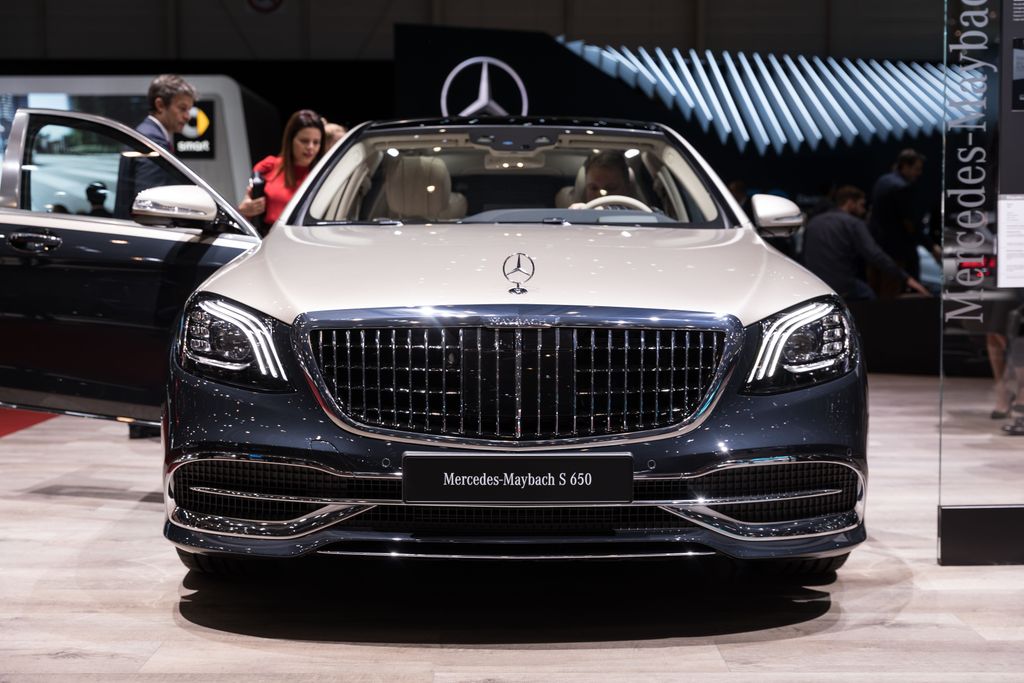
The automotive world is a fickle place, isn’t it? One minute, a car rolls off the production line, turning heads and setting trends, destined for the cover of every cool magazine. The next, it’s just… well, it’s become the punchline in every “what were they thinking?” online forum. We’re talking about those rides that, for a fleeting moment, made everyone feel like the absolute coolest person on the asphalt, only to now make you want to slink into the shadows when you spot one.
It’s a wild ride through automotive history, where yesterday’s trendsetter is today’s head-scratcher. What seemed utterly awesome and cutting-edge back then has, with the relentless march of time and evolving tastes, transformed into something that simply makes us cringe. We’ve all been there, right? Admiring a shiny new model, only for it to age faster than a carton of milk left out in the sun, revealing all its awkward, dated glory.
So, buckle up, because we’re about to take a hilarious, slightly embarrassing trip down memory lane. We’re shining a spotlight on the cars that once held court as kings of cool, but now, let’s just say they’ve lost their sparkle and are firmly in the “pure cringe” category. Get ready to rethink some of your past automotive crushes and brace yourself for a hearty laugh!

1. **Pontiac Aztek: The Hammered Spaceship**: Oh, the Pontiac Aztek. Where do we even begin with this one? This vehicle has certainly seen its share of screen time, thanks to a certain critically acclaimed TV show. But let’s be honest, *Breaking Bad* didn’t exactly make it famous in a way that screamed “desirable.” Instead, it cemented its place as the poster child for automotive design gone horribly, hilariously wrong, making you wonder if the designers were working with their eyes closed, or perhaps just a very blunt instrument.
General Motors, bless their hearts, genuinely believed they were pushing boundaries with the Aztek’s aesthetic. They envisioned something “super modern,” complete with “weird plastic panels and strange angles.” The reality, however, was a vehicle that looked less like a sleek future-mobile and more like “someone took a regular SUV and hit it with a hammer from every angle.” It truly resembled “a spaceship designed by someone who had never seen a spaceship,” a visual experience that continues to baffle decades later.
And while it did come with some genuinely innovative features, like a “built-in tent and camping gear,” none of that could save it. “Nobody cared” about its practicality when faced with its polarizing looks. For most people, “The looks were just too much to handle,” making the Aztek a monument to what happens when ambition utterly misses the mark and instead lands squarely in the cringe zone. It’s a car that, even now, has us scratching our heads and wondering what might have been.
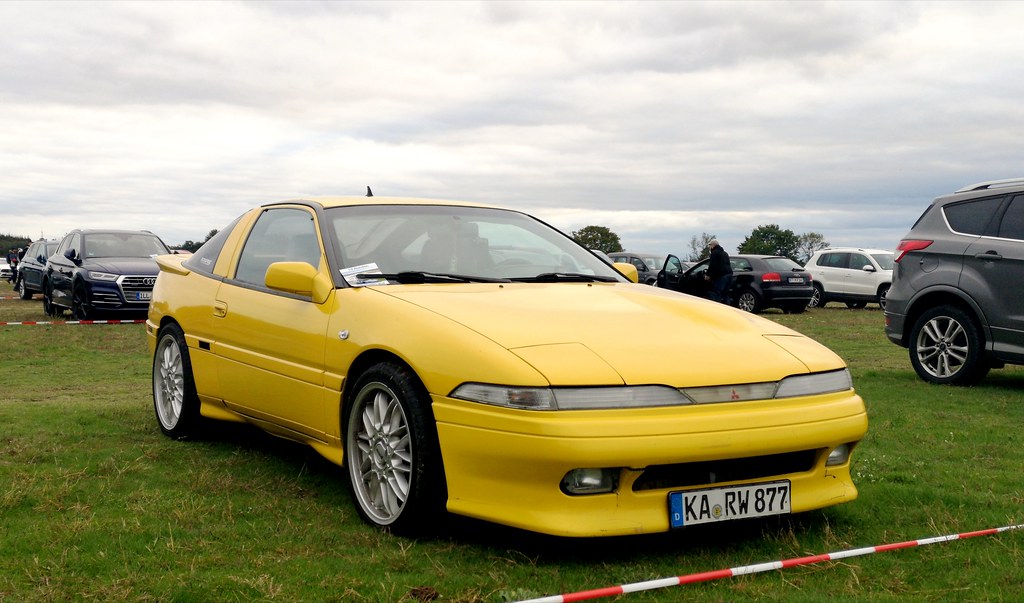
2. **Mitsubishi Eclipse (4th Generation): The Performance Pretender**: Let’s talk about the Mitsubishi Eclipse, specifically its fourth-generation iteration. The story here is a classic tale of a once-great nameplate losing its way, a cautionary lesson in how to disappoint a loyal fanbase. The “original Eclipse was a legitimate sports car that could actually go fast,” a darling of “young people” who “loved the sleek design and turbocharged engines that made them feel like street racers.” It was synonymous with attainable speed and cool, thanks in no small part to its appearances in *Fast and Furious* movies.
But then, Mitsubishi made a fateful decision. They chose “to turn it into a heavy, slow convertible that looked more like a luxury cruiser.” This wasn’t just a redesign; it was an identity crisis of epic proportions. They clung to “the Eclipse name but threw away everything that made it special,” jettisoning the lightweight, turbocharged spirit that had defined its predecessors. The shift was stark, transforming a performance hero into a rather flabby imposter, much to the chagrin of its loyal fanbase.
The result was a car that was, quite frankly, “embarrassing.” While the early Eclipses rode the wave of *Fast and Furious* coolness, “the later versions” were anything but. “The fake sporty styling fooled nobody, and the performance was terrible,” failing to live up to even modest expectations. It was all show and no go, a hollow shell of its former glory. Today, “Driving one now makes people think you don’t know anything about cars,” marking the 4th Generation Eclipse as a truly cringe-inducing footnote in the brand’s history.

3. **Scion xB: The Refrigerator on Wheels**: The Scion xB emerged from Toyota’s ambitious project to “attract young buyers with weird, boxy designs.” It was designed to be a rebellion against automotive norms, positioning itself as “the ultimate expression of being different and not caring about traditional car beauty.” For a time, this strategy resonated, especially with a specific demographic eager to stand out from the crowd. “Hip-hop artists and creative types embraced the unusual shape,” drawn to its edgy, counter-culture vibe that promised individuality.
Beyond its polarizing exterior, the xB offered tangible benefits that appealed to its target audience. Its “spacious interior and cheap price made it popular with college students and urban dwellers” who prioritized practicality and affordability over conventional aesthetics. It was a blank canvas for customization, a statement piece that allowed owners to express their unique personality, further solidifying its initial appeal among a niche market looking for something truly distinctive.
But here’s the rub: “The problem was that being intentionally ugly gets old fast.” What started as a daring design statement soon became a visual burden. “Once the novelty wore off, people realized they were driving something that looked like a refrigerator on wheels,” a utilitarian box that lacked any real grace or charm. The brand’s eventual demise can be attributed to the fact that “normal people want cars that look good, not just different and attention-seeking.” The xB now stands as a testament to the fine line between quirky and outright cringe.
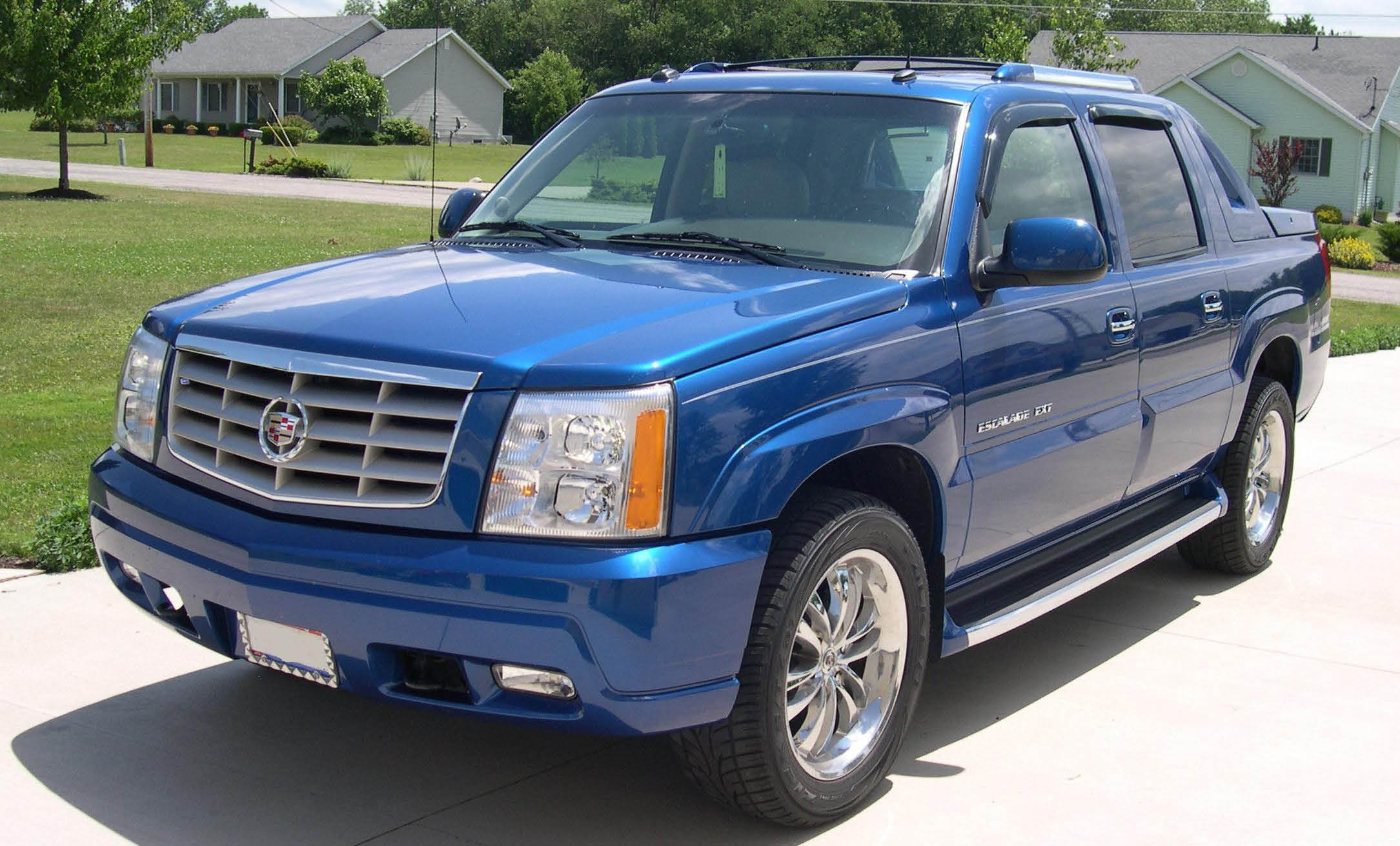
4 **Cadillac Escalade EXT: The Blinged-Out Excess**: Back in the early 2000s, Cadillac, ever keen to capture a new market, ventured into uncharted territory with the Escalade EXT. The premise was intriguing: “Cadillac thought luxury truck buyers wanted something fancier than a regular pickup.” This wasn’t just a truck; it was an “ultimate status symbol,” an audacious fusion that “combined the Escalade SUV with a truck bed.” For “rich people,” the concept of “having a truck that was as expensive and flashy as their SUV” was irresistible, a declaration of wealth and conspicuous consumption.
The Escalade EXT was a masterpiece of excess, epitomizing the “bling factor” of its era, with “chrome everywhere” glinting in the sun, from its colossal grille to its oversized wheels. It was designed to turn heads, to command attention, and to make an undeniable statement about its owner’s financial prowess and willingness to indulge in opulence. In a time when bigger was often perceived as better, and luxury meant more, the EXT fit right in as a rolling monument to maximalism.
However, as we gaze back with the clarity of hindsight, the Escalade EXT now appears as “the peak of wasteful excess.” Its practical flaws were glaring: “The truck bed was almost useless,” severely limiting its utility, and “the fuel economy was horrible,” a stark contradiction to modern sensibilities. The entire package “screamed nouveau riche,” an ostentatious display that has aged poorly. Today, “it represents everything wrong with early 2000s car culture,” where “the over-the-top luxury seems tacky and desperate rather than impressive.”
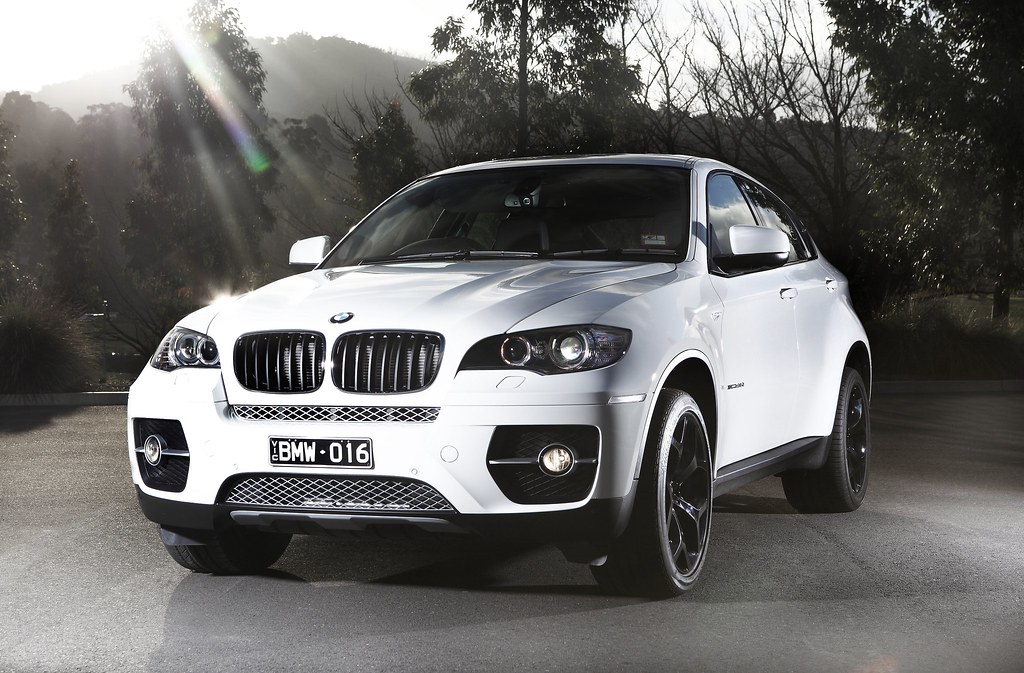
5. **BMW X6: The Sporty SUV That Wasn’t**: Oh, BMW. You usually hit it out of the park, but sometimes even the best ideas just don’t quite land. The X6 was BMW’s grand entrance into the “coupe SUV” category, a bold move that basically took a solid X5 SUV and slapped a dramatically sloping roofline on it. The pitch was all about getting the best of both worlds: that rugged SUV capability mixed with sleek sports car style. And hey, wealthy buyers were totally into the exclusive, expensive image it projected at first!
But, like that really cool-looking jacket that’s actually super uncomfortable, the reality of the X6 was, well, a bit of a letdown. That stylish sloped roof, which looked so good on paper, totally annihilated the back seat space, making it practically useless for actual humans. And don’t even get us started on the cargo space – it was tiny! What’s the point of an SUV if it can’t haul anything?
As for driving like a sports car? Nope, not really. It still felt like a heavy SUV, because, shocker, it *was* a heavy SUV. It seemed like BMW was trying to invent solutions to problems that nobody actually had. Nowadays, spotting an X6 often leaves you scratching your head, wondering if it’s more about pretension than practical innovation. It just screams “pointless and pretentious,” which is a far cry from the cool factor it aimed for.
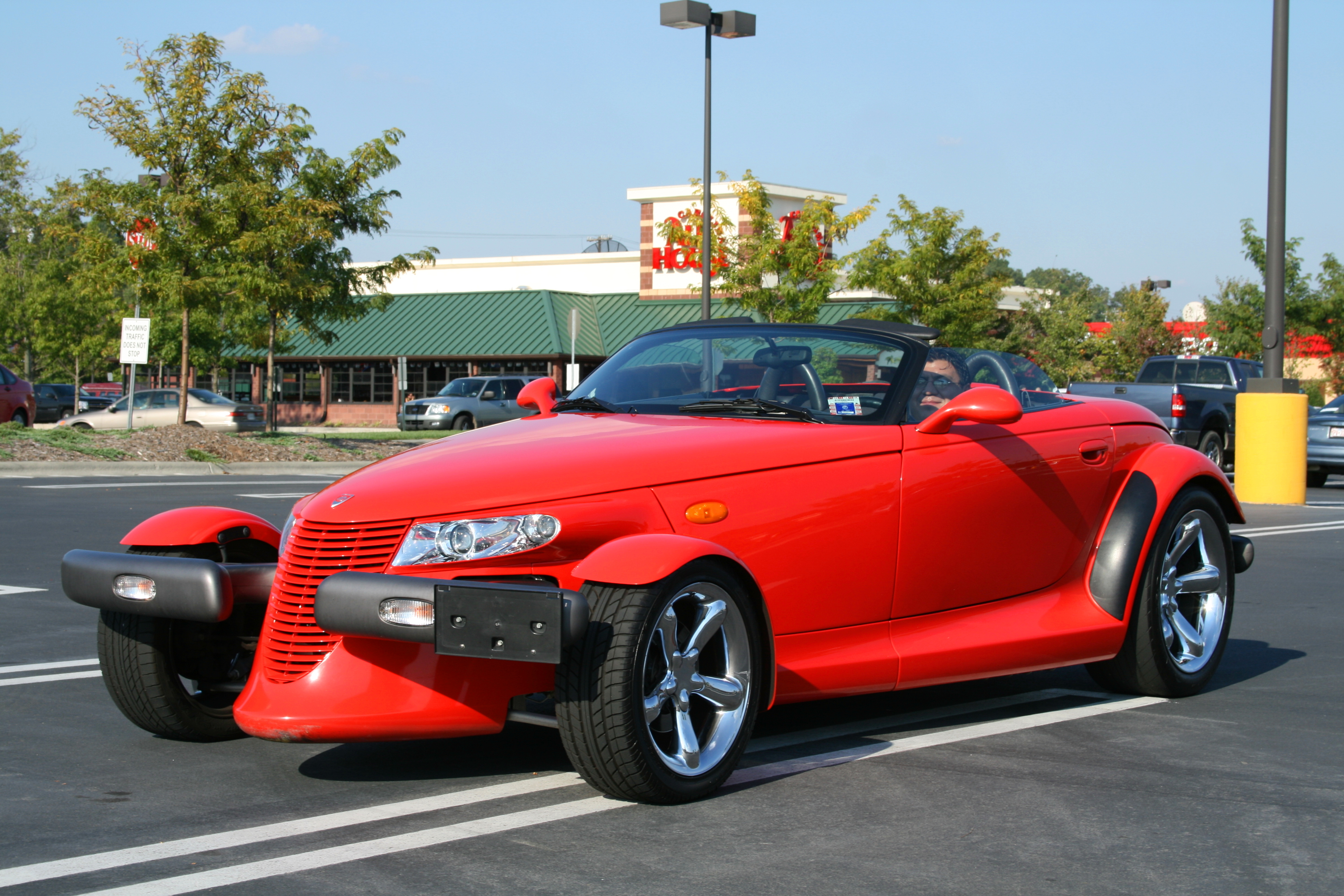
6. **Plymouth Prowler: All Show, No Go**: Remember when Plymouth tried to prove they were still hip by building something truly wild and futuristic? Enter the Prowler. This thing looked like it rolled right off a sci-fi movie set, complete with open wheels and a radical hot rod vibe. Car enthusiasts were genuinely buzzing, excited to see an American company taking such a big risk with its design. Its aluminum construction and unique appearance made it feel less like a production car and more like a concept car you could actually buy.
But sadly, all that initial excitement deflated faster than a cheap party balloon once people actually got behind the wheel. It turns out, the Prowler was pretty much all aesthetics and no performance. The V6 engine felt weak, the automatic transmission was anything but exciting, and the ride? Let’s just say “terrible” is a polite understatement. It was a classic case of a car that prioritized looking cool over actually *being* good.
Today, the Prowler often makes you wonder what they were thinking. It just looks like an expensive toy that was more about being weird than delivering any real driving pleasure. That radical styling, which was supposed to be its superpower, hasn’t aged gracefully at all. Now, it often comes off as trying way too hard, cementing its place in the automotive hall of shame.
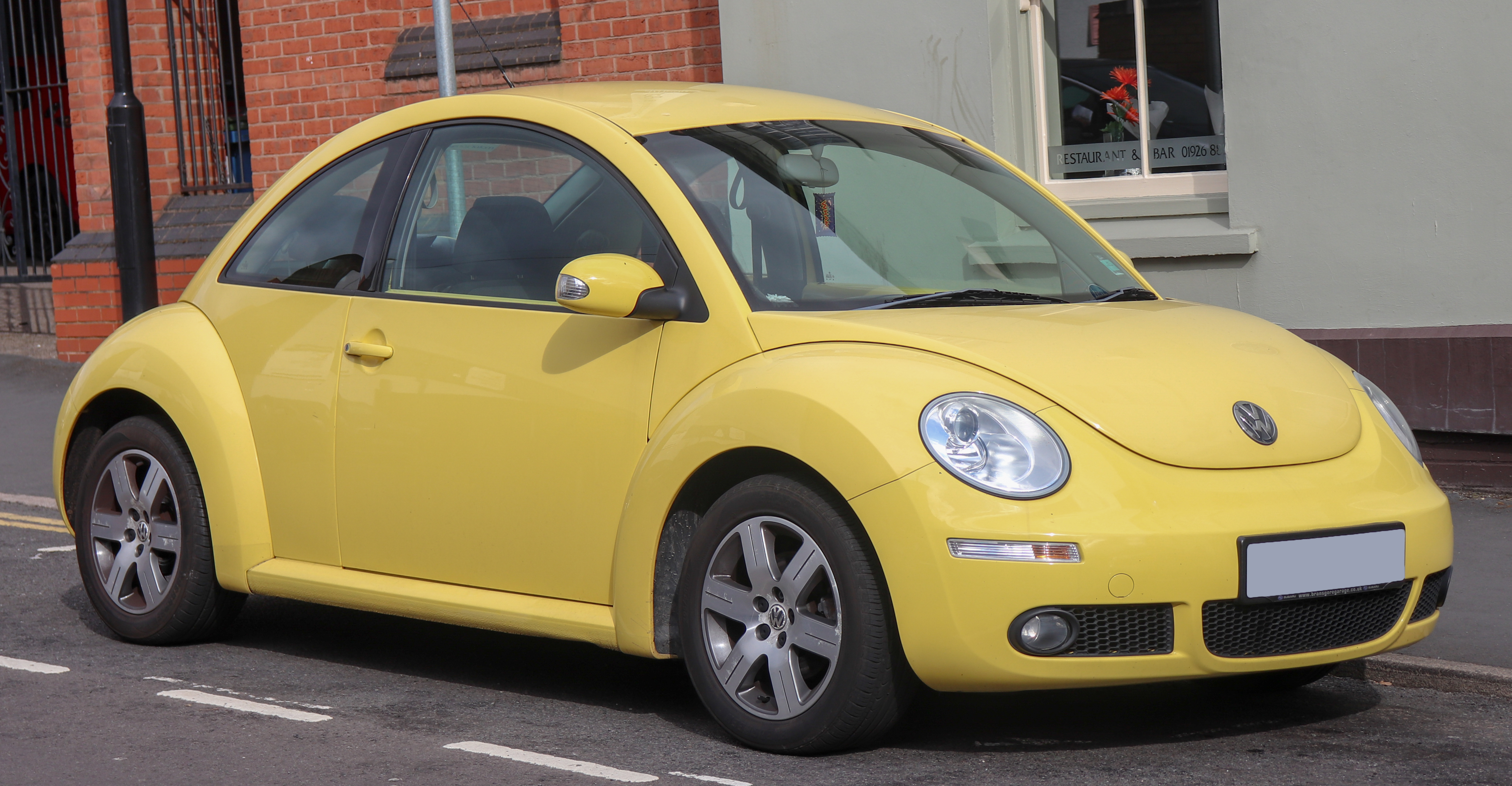
7. **Volkswagen New Beetle: The Retro Fad That Faded**: Ah, the Volkswagen New Beetle. This was a car designed to whisk us back to the carefree spirit of the original “hippie mobile,” but with all the modern safety and reliability. When it first launched, it was genuinely adorable, especially with that optional flower vase! Young women, in particular, flocked to its cute, friendly design, loving the idea of standing out from the sea of boring sedans and SUVs. It really seemed like a breath of fresh air, a playful nod to the past.
However, as with most trends, the retro charm of the New Beetle didn’t have much staying power. The novelty quickly wore off, and what once seemed cute started looking, well, a bit dated and, dare we say, girly. Men pretty much steered clear, and even many women eventually moved on to other, more contemporary rides. The whole “fake nostalgia” thing began to feel incredibly forced.
At its core, it was just a regular Golf underneath, dressed up in a quirky costume. Nowadays, the New Beetle often feels like a car that tried too hard to be cute and different, rather than focusing on being genuinely good. It’s a reminder that sometimes, trying too hard to capture past magic just leaves you with a car that screams “cringe.”

8. **Chevrolet HHR: The Copycat That Came Too Late**: General Motors clearly saw the initial splash of the Chrysler PT Cruiser and thought, “We can do that!” And so, the Chevrolet HHR was born, another retro wagon designed to evoke the charm of classic delivery trucks from the 1940s. With a practical interior and a lower price point than its PT Cruiser inspiration, it seemed like a sensible alternative for those craving a nostalgic yet affordable ride. Chevrolet marketed it as both a nod to the past and a smart choice for the present.
The only issue? By the time the HHR arrived, the retro styling trend was already on its way out. What was supposed to be a charming throwback felt even more forced than the PT Cruiser it aimed to emulate. Coupled with questionable build quality, the HHR quickly became an automotive afterthought. It was less a visionary design and more a desperate attempt to cash in on a fading fad.
Now, the Chevrolet HHR simply looks like a cheap copy of an already questionable idea. Its awkward proportions and plastic-heavy interior make it seem like a vehicle nobody truly wanted or needed. It’s a cringe-inducing reminder that sometimes, trying to imitate success too late can lead to a truly forgettable, if not slightly embarrassing, outcome.
Another deep dive into the automotive graveyard of good intentions. It’s wild how quickly a vehicle can go from being the talk of the town, the “it” car everyone’s lusting over, to becoming a visual punchline. These rides, with their unique designs and bold aspirations, certainly made their mark. But ultimately, their perceived coolness melted faster than an ice cream cone on a summer day, proving that what’s trendy today can be total cringe tomorrow. So next time you’re out driving, remember that even the most ambitious designs can age, transforming into quirky relics that now remind us to appreciate timeless style over fleeting fads.

